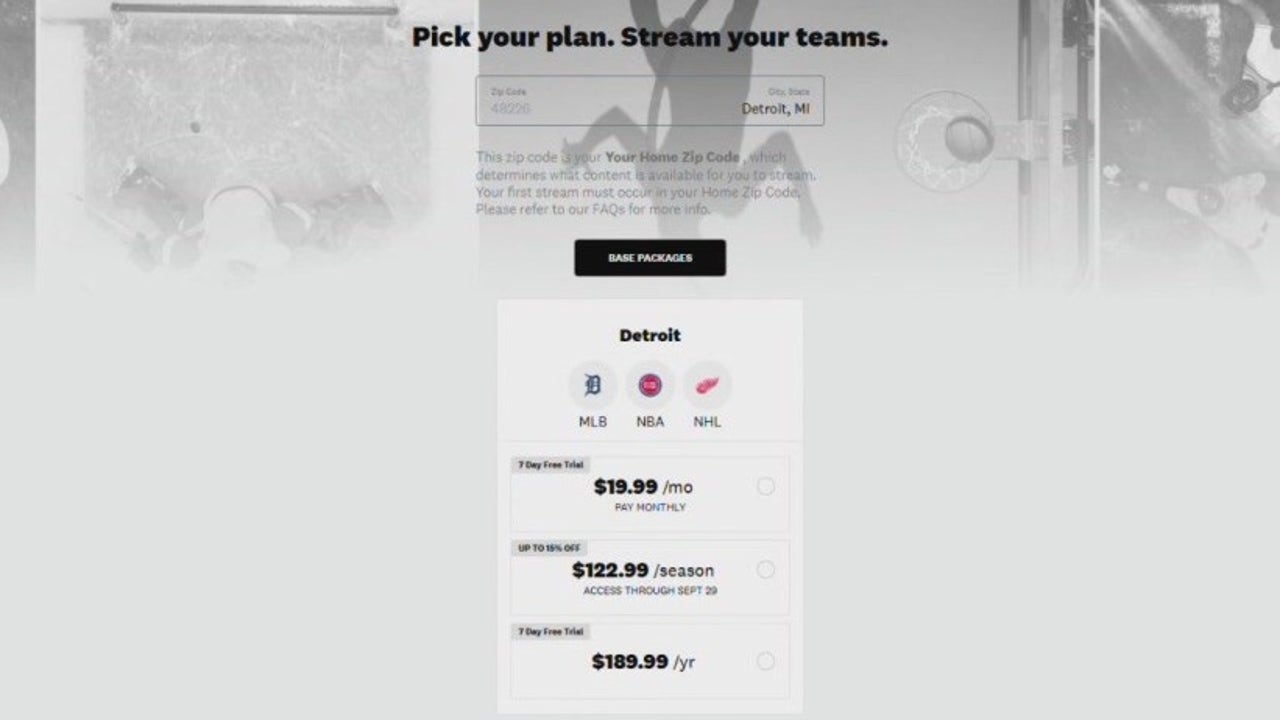Streaming Showdown: Amazon Prime's Game-Changer Hits Detroit Sports Fans' Wallets

Detroit sports enthusiasts may soon face new challenges in catching their favorite teams' games as Amazon Prime Video steps into the streaming arena. The tech giant's latest partnership with local sports franchises promises to reshape how fans consume live sports content, potentially increasing both complexity and cost for viewers.
As streaming platforms continue to transform traditional sports broadcasting, Detroit fans will need to adapt to this emerging digital landscape. The move signals a significant shift in how local sports entertainment will be delivered, potentially requiring fans to invest in new subscriptions or streaming services to maintain uninterrupted access to their beloved teams.
While the partnership offers innovative viewing options, it also introduces potential barriers for long-time supporters who are accustomed to traditional cable and broadcast methods. Sports fans in the Motor City will need to stay informed about these changes and explore new ways to stay connected with their favorite local teams.

